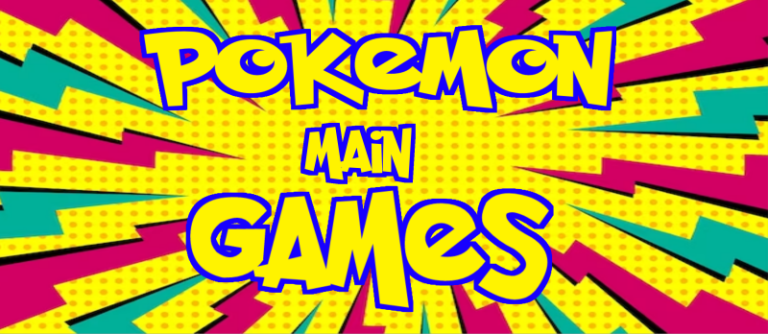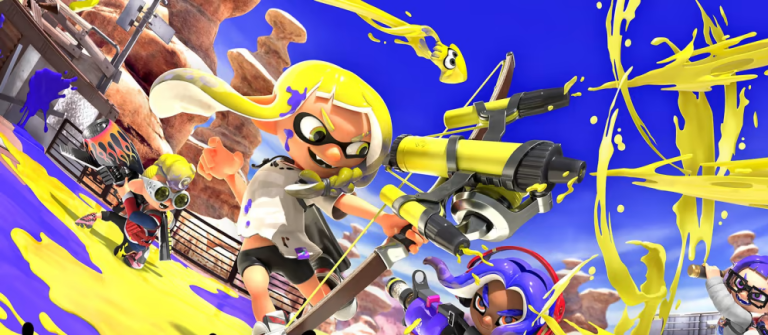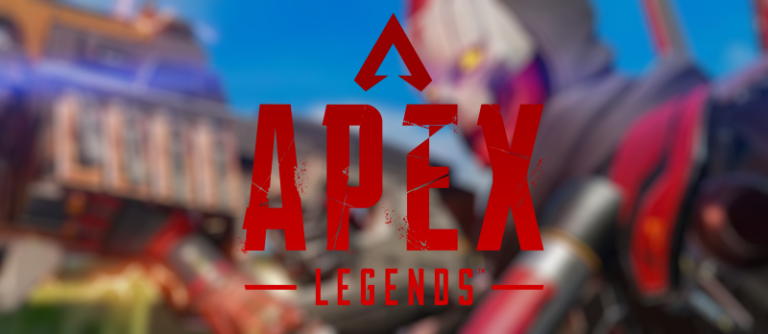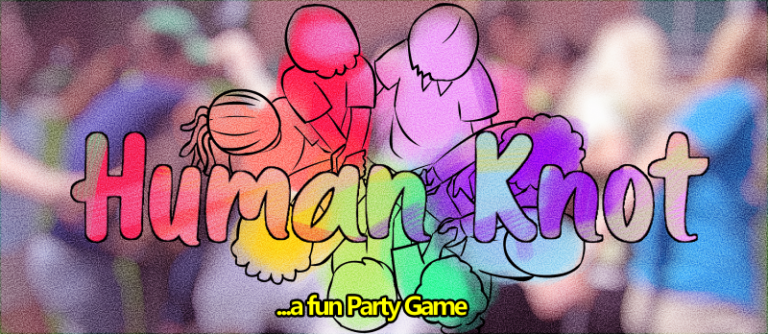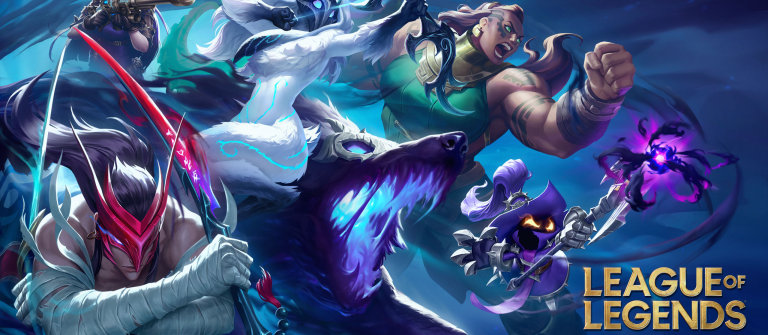Understanding Dota 2 – Key Mechanics and Gameplay Features
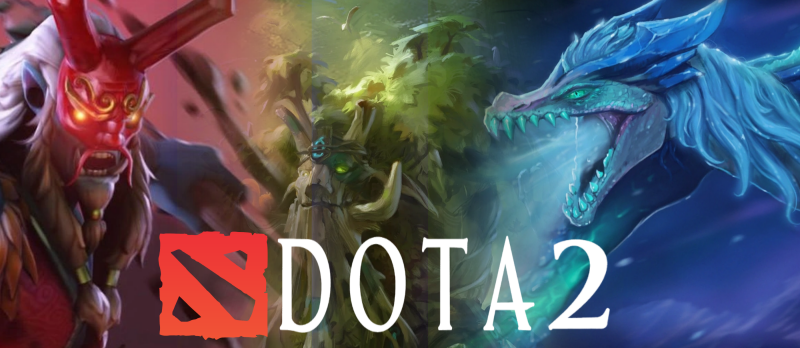
Dota 2 stands as a cornerstone of the Multiplayer Online Battle Arena (MOBA) genre, renowned for its complex gameplay, strategic depth, and competitive scene. Developed by Valve Corporation, Dota 2 evolved from the original Defense of the Ancients (DotA) mod for Warcraft III, establishing itself as a leading title in the genre. Its significance lies not only in its historical impact but also in its continual evolution, influencing game design and competitive gaming worldwide. The game boasts a rich history of major tournaments and a robust esports ecosystem, reflecting its pivotal role in shaping the MOBA genre. Similarly, Teen Patti Stars offers a compelling experience in the realm of card games, showcasing its unique features and engaging gameplay.
Introduction to the Game’s Structure: Map, Objectives, and Game Modes
Dota 2 is a complex multiplayer online battle arena (MOBA) game that features a sophisticated structure comprising maps, objectives, and diverse game modes. This analysis explores these fundamental elements, providing a comprehensive overview of how they contribute to the gameplay experience.
The Map Structure of Dota 2
The Dota 2 map is crucial to the gameplay, offering a detailed and strategic battleground for players. The map is divided into several key areas, each with specific roles and strategic importance.
The map of Dota 2 is a large, symmetrical arena that is divided into three primary lanes: the top lane, middle lane, and bottom lane. These lanes are connected by a series of jungle areas that provide additional strategic opportunities for players. The map is bordered by each team’s base, which contains key structures such as the Ancient, the Barracks, and various defensive towers.
- Top Lane: Often considered the “offlane,” this lane is crucial for early-game skirmishes and tactical positioning.
- Middle Lane: Known for its central position, this lane is pivotal for controlling the map and securing key objectives.
- Bottom Lane: The “safe lane” where teams often focus on farming and building their strength.
The map also includes neutral creeps and jungle camps that offer additional resources and experience points. Control of these areas can significantly influence the outcome of the game.
Bullet Points
- Top Lane: Typically used for aggressive strategies and early engagements.
- Middle Lane: Vital for map control and securing critical objectives.
- Bottom Lane: Focuses on farming and defensive positioning.
- Neutral Camps: Provide additional resources and experience points.
- Jungle Areas: Offer strategic advantages and opportunities for ambushes.
Explore the intricate map of Dota 2 and refine your strategies by visiting our site for detailed maps and guides.
Game Objectives in Dota 2
The primary objective in Dota 2 is to destroy the opposing team’s Ancient, a central structure located within their base. Achieving this objective requires a combination of tactical gameplay, strategic planning, and effective team coordination.
In Dota 2, the game is structured around several core objectives:
- Ancient Destruction: The ultimate goal of each team is to destroy the enemy’s Ancient while protecting their own.
- Barracks Destruction: Teams can weaken their opponents by destroying the Barracks, which affects the strength of enemy creeps.
- Tower Control: Securing and defending towers along the lanes provides crucial strategic advantages and control of the map.
- Roshan: Defeating Roshan, a powerful neutral boss, grants significant rewards, including the Aegis of the Immortal, which can turn the tide of the game.
These objectives are interlinked, with each influencing the team’s overall strategy and progression throughout the match.
Gain a strategic edge by understanding the key objectives of Dota 2. Download our app for in-depth strategies and tips.
Game Modes in Dota 2
Dota 2 offers a variety of game modes, each designed to provide different gameplay experiences and cater to various player preferences.
The main game modes in Dota 2 include:
- All Pick: Players can choose any hero from the entire roster, offering a highly customizable gameplay experience.
- Captains Mode: A draft mode where teams select and ban heroes in a strategic manner, often used in competitive play.
- Random Draft: Players are given a pool of random heroes to choose from, introducing an element of unpredictability.
- Single Draft: Each player selects one hero from a limited pool of three, requiring quick decision-making and adaptability.
- Turbo Mode: A faster-paced version of the game with accelerated experience and gold gain, designed for quicker matches.
Each mode provides a unique approach to gameplay, allowing players to experience different aspects of the game and develop their skills in various environments.
Explore the diverse game modes of Dota 2 and find the one that suits your playstyle. Check out our site for detailed guides and mode comparisons.
Understanding the Dota 2 game structure is essential for mastering the game. From the detailed map and core objectives to the variety of game modes, each element plays a critical role in shaping the gameplay experience. By familiarizing yourself with these components, you can develop more effective strategies and improve your overall performance. Similarly, Car Roulette provides a distinct gaming experience where understanding the game’s structure can also enhance your strategic approach and success
For further insights into the mechanics and strategies of Dota 2, visit our site for comprehensive guides and expert tips.
Overview of the Player Roles: Carry, Support, Offlaner, and Midlaner
Dota 2 is renowned for its strategic depth, which is largely defined by the distinct roles players assume during matches. These roles—carry, support, offlaner, and midlaner—each serve a specific function within the team dynamic and contribute uniquely to achieving victory. This overview explores each of these roles, detailing their responsibilities and impact on the gameplay.
The Carry Role in Dota 2
The carry role is often considered one of the most pivotal in Dota 2, as it typically involves heroes who scale well into the late game and are responsible for securing victory through high damage output.
A carry hero in Dota 2 is generally positioned in the safe lane and is expected to farm efficiently, amassing gold and experience to become a powerful force in the later stages of the game. The primary responsibilities of a carry include:
- Farming: Accumulating resources and experience through last-hitting creeps to build the hero’s core items and abilities.
- Scaling: Developing into a formidable force as the game progresses, often leading the team in terms of damage output and survivability.
- Late-Game Impact: Carrying the team through the late game by taking down enemy heroes and objectives, often deciding the outcome of crucial battles.
The success of a carry largely depends on effective farm and item progression, as well as positioning during team fights to maximize their impact.
- Farming: Essential for acquiring gold and experience.
- Scaling: Focuses on growth and becoming powerful in the late game.
- Late-Game Impact: Crucial for dealing damage and securing victories.
Enhance your gameplay as a carry in Dota 2 by visiting our site for detailed guides and strategies.
The Support Role in Dota 2
Support heroes in Dota 2 are integral to the team’s success, providing utility and aiding their teammates through various means such as healing, crowd control, and vision.
Support roles are diverse and include various types of heroes that assist the team in different ways:
- Vision Control: Placing wards and de-warding enemy vision to secure map control and provide strategic advantages.
- Crowd Control: Using abilities to disable and disrupt enemy heroes, creating opportunities for the team to engage or escape.
- Healing and Buffing: Offering healing, mana restoration, or buffs to enhance the performance and survivability of allies.
Support heroes are crucial in both early and mid-game phases, often setting the stage for the carry and other team members to succeed.
Master the art of support in Dota 2 by exploring our expert guides and tutorials on our site.
The Offlaner Role in Dota 2
Offlaners are key players who operate in the offlane, a challenging position that requires them to disrupt the enemy’s safe lane while maintaining their own farm and experience gain.
Offlaners in Dota 2 have several core responsibilities:
- Disruption: Harassing and disrupting the enemy carry and support to prevent them from farming effectively.
- Survivability: Withstanding the pressure from enemy heroes and often playing in a more defensive or tactical manner.
- Initiation: Leading team fights or engagements by initiating battles with crowd control or other impactful abilities.
An effective offlaner can significantly influence the game by applying constant pressure on the enemy and creating opportunities for their team.
Learn the nuances of the offlaner role in Dota 2 by visiting our site for comprehensive strategies and tips.
The Midlaner Role in Dota 2
Midlaners play a central role in Dota 2, often taking on the responsibility of controlling the middle lane and providing a balance of farm and map presence throughout the game.
The midlaner is expected to:
- Control the Lane: Dominating the middle lane through efficient last-hitting and harassing the opponent to gain a farm and experience advantage.
- Map Presence: Rotating to other lanes to assist allies and secure kills or objectives, thereby influencing the entire map.
- Core Abilities: Developing key items and abilities that impact both team fights and map control, often serving as a significant damage dealer or initiator.
Midlaners are crucial for balancing the game’s tempo and providing pivotal advantages through their strong lane presence and map control.
Elevate your skills as a midlaner in Dota 2 by checking out our detailed guides and gameplay strategies on our site.
The roles of carry, support, offlaner, and midlaner in Dota 2 each contribute uniquely to the team’s strategy and success. Understanding these roles and their responsibilities is essential for mastering the game and achieving victory. By aligning your gameplay with the specific demands of each role, you can enhance your performance and contribute effectively to your team’s objectives.
For further insights into mastering each role in Dota 2, visit our site for in-depth guides and expert advice.

